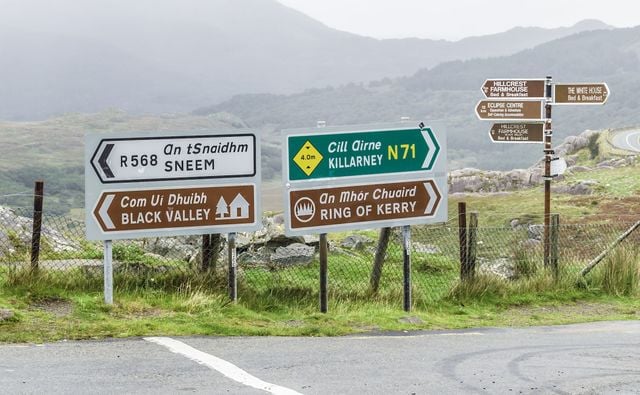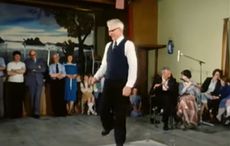The Irish language, also known as Gaelic or Gaelige, is a Celtic language that has a rich and fascinating history. The origins of the Irish language can be traced back to the 4th century AD, when it evolved from a common Celtic language spoken by the ancient Celts who lived in Ireland.
The Irish language developed over time, with the introduction of Christianity in the 5th century AD having a significant impact on the Irish language and its written form. Ireland's monks were responsible for preserving the language and its literature through the medium of manuscripts, in which they recorded myths, legends, and other cultural stories.
During the Middle Ages, the Irish language was widely spoken throughout Ireland, and it was the language of the ruling classes and the church. However, in the late 12th century, the Normans invaded Ireland, and English became the language of the ruling classes, pushing the Irish to the margins.
In the following centuries, the use of Irish was discouraged and suppressed, particularly during the English colonization of Ireland in the 1600s. The English government implemented policies to "anglicize" the Irish population, including banning the Irish language in schools and government and imposing heavy fines on those who spoke Irish in public.
Despite these efforts to suppress the language, the Irish have managed to survive and even thrive. In the late 1800s and early 1900s, there was a resurgence of interest in the Irish language, led by the Gaelic Revival movement. This movement sought to revive the Irish language and culture, and it led to the establishment of language schools, cultural organizations, and the creation of an Irish-language media.
In the 19th and early 20th centuries, there was a revival of the Irish language, led by cultural and political activists who sought to restore the language's status and promote its use. This movement, known as the Gaelic Revival, resulted in the establishment of Irish-language schools and the creation of new literature, poetry, and theater in the language.
The Irish language has a complex grammar system, which includes mutations and a unique verb conjugation system. It is also known for its rich oral tradition, including storytelling, folklore, and poetry. This has been passed down from generation to generation, preserving the culture and heritage of Ireland.
Today, the Irish language is a living language, spoken by a significant minority of the population in Ireland, mainly in the Gaeltacht regions and by a small number of people in Northern Ireland. It is also taught in schools and universities and is supported by the Irish government, through the promotion of the Irish language and culture.
The Irish language is an integral part of Irish culture and history, and its survival despite centuries of suppression is a testament to the resilience and determination of the Irish people. It continues to play an important role in the preservation of Irish identity and heritage, and it is a source of pride for many Irish people around the world.




Comments